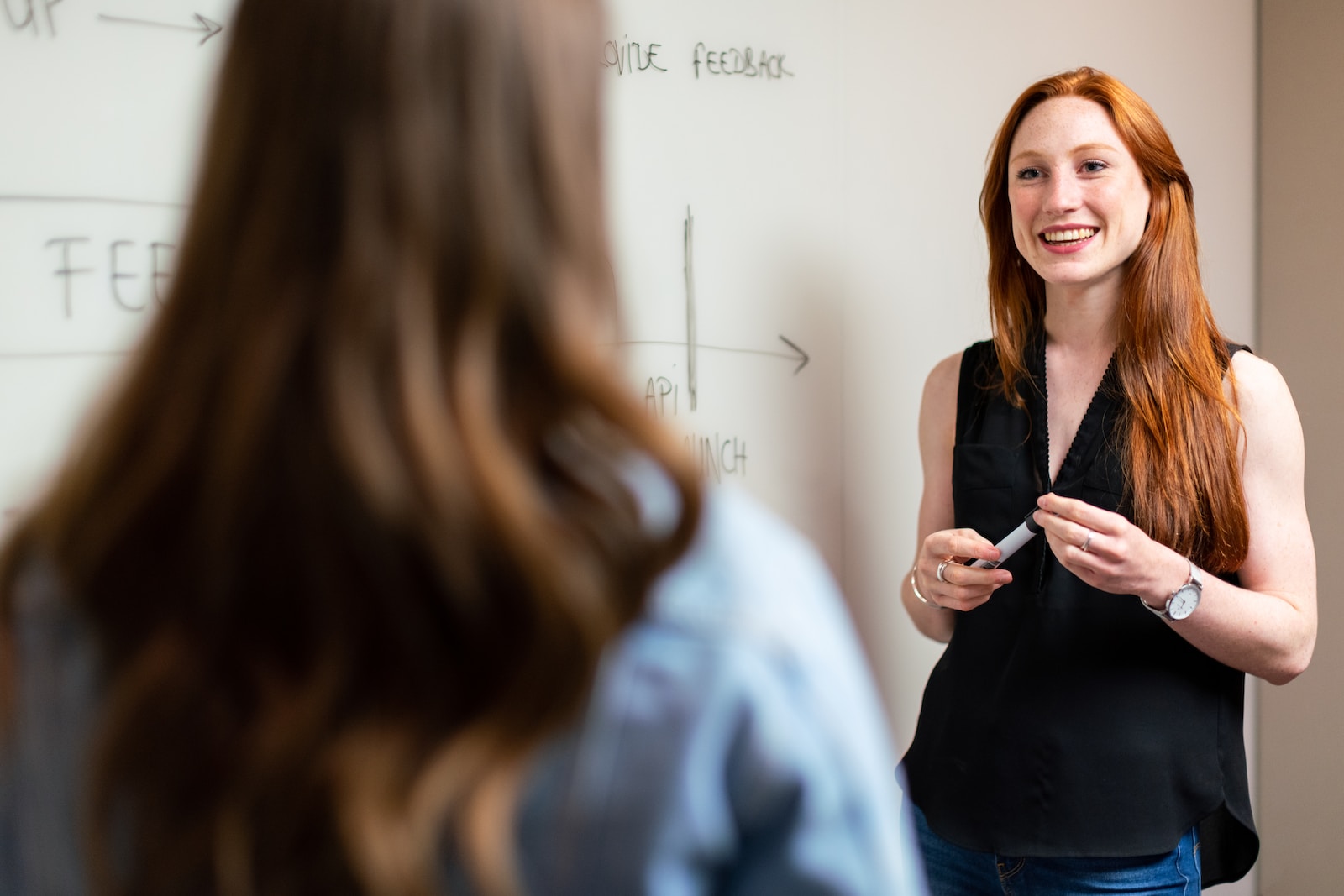Unconscious Bias in Education: Implications for Students and Teachers
Education, healthcare, government — each of society’s foundational systems has a responsibility to promote just and equitable outcomes for all. However, this tends to require a challenging level of introspection.
Every one of us is affected in some way by unconscious bias, and it’s vital that we address the unintentional prejudices that could influence our perception of others in society. To that end, it’s only logical to start in the very place that lays the foundation for our later interactions: school.
Let’s discuss how our educational institutions are affected by unconscious bias and what we can do about it.
What is unconscious bias?
Unconscious or “implicit” bias is a term that encompasses all of the preconceived assumptions we hold that influence our thoughts and behaviour outside of our conscious awareness.
These biases are rooted in the attitudes and stereotypes we have absorbed from our social, cultural, and personal experiences. They permeate into our perceptions and interactions, which often leads to the unfair treatment of certain groups within society — especially those with different protected characteristics to our own.
Unconscious bias is often displayed subtly and without premeditation or intention. For example, body language, mannerisms, and communication can all be impacted by these ideas.
How does unconscious bias present in educational settings?
Our thoughts affect our behaviour, and as we learn from a young age, our behaviour affects the world around us. As a result, unconscious bias finds its way into educational institutions through several means, affecting both students and educators. Here are some key areas where it can manifest.
1. Student outcomes
Unconscious bias can lead to disparities between students’ educational outcomes, based on factors like race, gender, or socioeconomic status. Educator bias has been found in some studies to be present and associated with racial disparities in levels of student achievement.
For example, researchers from Princeton and Tufts have found that the racial bias exhibited by teachers is comparable to that in the general population, with 77% of respondents showing implicit racial bias against black people.
But how might this relate to real-world outcomes?
One study reported by Brookings found that educators “hold “slight” pro-white/anti-Black implicit bias” — and that larger disparities in test scores and suspensions are recorded in counties with stronger bias among teachers. Together, these findings suggest that the unconscious bias reported in educational institutions has implications for student outcomes.
2. Curriculum development
Unconscious bias can shape the curriculum by excluding or misrepresenting certain cultural, racial, or gender perspectives. In recent memory, numerous educational resources have faced criticism for containing biased materials. For example, one UK survey showed a 92% bias towards men in textbook images depicting scientists, perpetuating stereotypes about gender and occupation.
Similarly, it’s been widely reported that representations of race and skin tone in medical textbooks are lacking. In one report, researchers found that the skin tones represented in materials were 74.5% light, 21% medium, and 4.5% dark — a significant over-representation of lighter skin tones.
Here, the authors of the paper reflected that “these omissions may provide one route through which bias enters medical treatment” — stopping students from developing a comprehensive understanding of the world.
How to tackle unconscious bias in education
Addressing unconscious bias is a complex process requiring commitment and intention. Educators play a vital role in creating an inclusive environment that fosters equal opportunities for all students and encourages them to be fair and challenge their own biases to shape a more equitable world.
Here are some actionable strategies for educators to reduce unconscious bias in educational settings:
1. Build student and teacher awareness
Awareness is the first step towards addressing unconscious bias. Heads of departments, boards and external agencies should collaborate to educate both teachers and students about what unconscious bias is and how it influences interpersonal dynamics.
This may involve unconscious bias training and workshops to help staff and students recognise their own biases. These sessions can create a space for open dialogue and self-reflection, allowing individuals to challenge their preconceived notions and stereotypes without judgement.
Importantly, confronting unconscious bias doesn’t have to be a nerve-wracking process for anyone — it should be a collaborative effort. Optimus Education explains that “this anxiety may be overcome if we learn to truly listen and talk to each other. If we are to become aware of our conscious and unconscious biases and keep open the channels of communication.”
2. Teach a diverse curriculum
The curriculum is a powerful tool for challenging bias. While progress is being made, teaching plans should be adapted wherever possible to reflect diverse perspectives. Incorporating materials that represent different cultures, lifestyles, and backgrounds can help to normalise the individual differences that young people may be less exposed to in their day-to-day lives.
It’s also productive to review all provided educational materials for bias, stereotypes, and inaccuracies that may have been overlooked. Now more than ever, teachers are advocating for the development of materials that present an inclusive view of the world rather than one that is informed by the experiences of just one group.
This helps students learn about a variety of cultures and see their own identities reflected positively in learning materials.
3. Promote diversity in the workforce
Representation in schools can help to mitigate the effects of unconscious bias in education. It’s essential to have teachers and staff who come from different backgrounds, as this diversity can lead to more inclusive and empathetic teaching practices. Promote the hiring and retention of staff from underrepresented groups to create a more inclusive learning environment.
A diverse workforce also provides role models for students, inspiring them to pursue their goals regardless of their background. This visibility can break down stereotypes and promote inclusivity.
Addressing unconscious bias is an ongoing process that requires commitment from school management, teachers, and students alike. Acknowledging unconscious bias creates a culture of inclusivity in which every individual has the opportunity to learn — about the curriculum, one another, and themselves.

